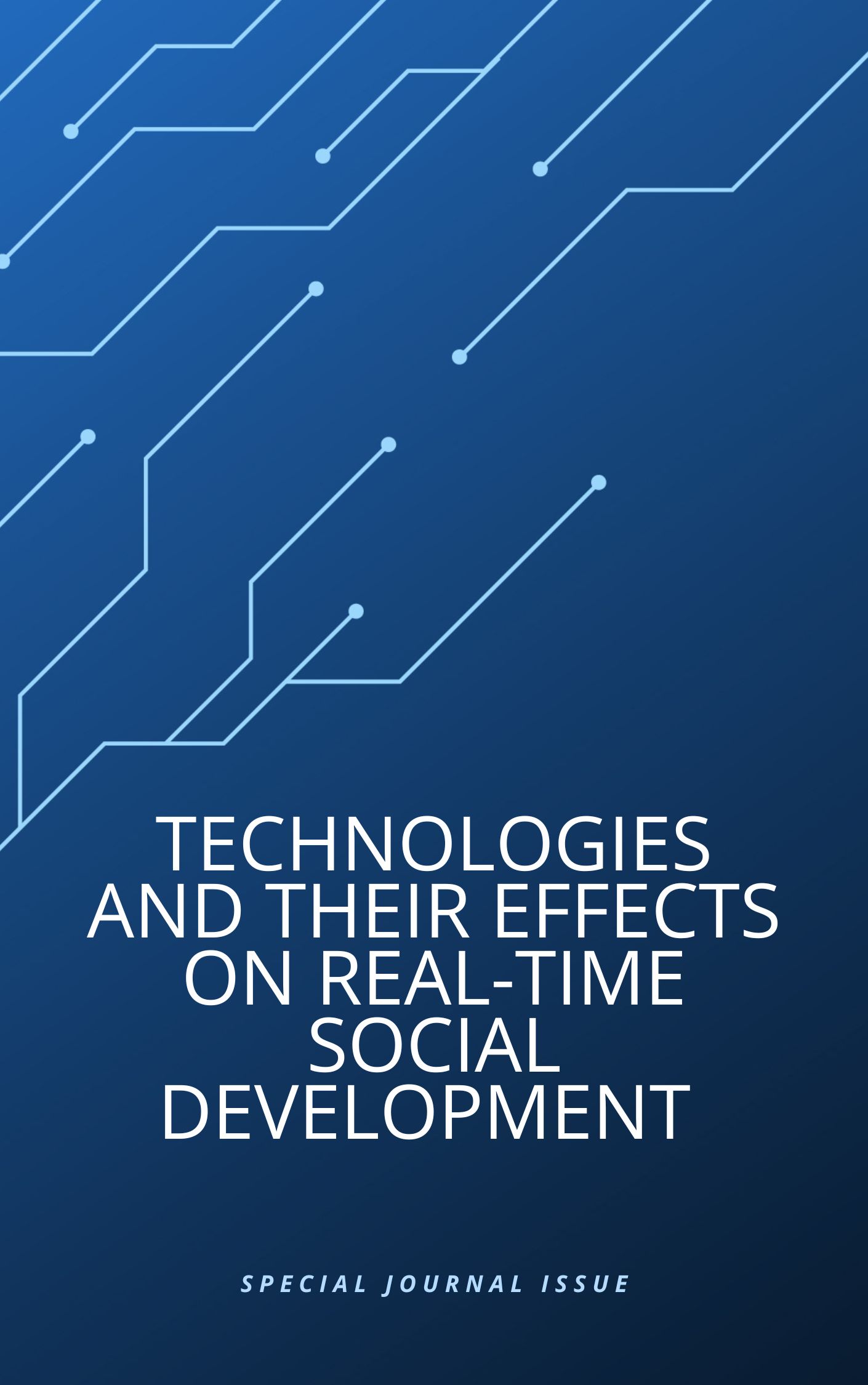Selective Scan for Near Reversible Data Hiding Using DCT
Main Article Content
Abstract
Article Details

This work is licensed under a Creative Commons Attribution-NonCommercial 4.0 International License.
References
Chiou-Ting Hsu and Ja-Ling Wu. “DCT-based watermarking for video”. IEEE Transactions on Consumer Electronics, 44(1):206-216, 1998.
Sagar G et al. “A DCT Based Near Reversible Data Embedding Scheme for MPEG-4 Video”. In Proceeding of Fourth International Conference in Signal and Image Processing 2012 (ICSIP 2012), Springer, India, pp.69-79.
Barni M et al.., “Near-lossless digital watermarking for copyright protection of remote sensing images”. In: IEEE International geo-science and remote sensing symposium (IGARSS’02), vol.3, pp 1447-1449.
Srinivasa Sai Abhijit Challapalli. Sentiment Analysis of the Twitter Dataset for the Prediction of Sentiments. Journal of Sensors, IoT & Health Sciences, 2(4), 1-15, 2024.
Tang Y-L, Huang H-T, “Robust near reversible data embedding using histogram projection,” In: In IIH-MSP 2007, vol 02, pp 453– 456, 2007.
Zhang B, Xin Y, Niu X-X, Yuan K-G, Jiang H-B, “A near reversible image watermarking algorithm,” In: International conference on machine learning and cybernetics (ICMLC), vol 6, pp 2824–2828, July 2010.
Srinivasa Sai Abhijit Challapalli. Optimizing Dallas-Fort Worth Bus Transportation System Using Any Logic. Journal of Sensors, IoT & Health Sciences, 2(4), 40-55, 2024.
N. Ponomarenko, F. Silvestri, K.Egiazarian, M. Carli, V. Lukin, “On Between-Coefficient Contrast Masking of DCT Basis Functions,” CD-ROM proceedings of Third International Workshop on Video Processing and Quality Metrics for Consumer Electronics VPQM-07, 4p, January 2007.
Kasetti, . S., & Korra, S. Multimedia Data Transmission with Secure Routing in M-IOT-based Data Transmission using Deep Learning Architecture. Journal of Computer Allied Intelligence, 1(1), 1-13, 2023.
T Bhaskar, D Vasumathi “Polynomial Based Near Reversible Data Hiding Scheme Using DCT” Journal International Journal Of Pure And Applied Mathematics. Volume 119, Issue 7 P.P 1311-1324,2018.
